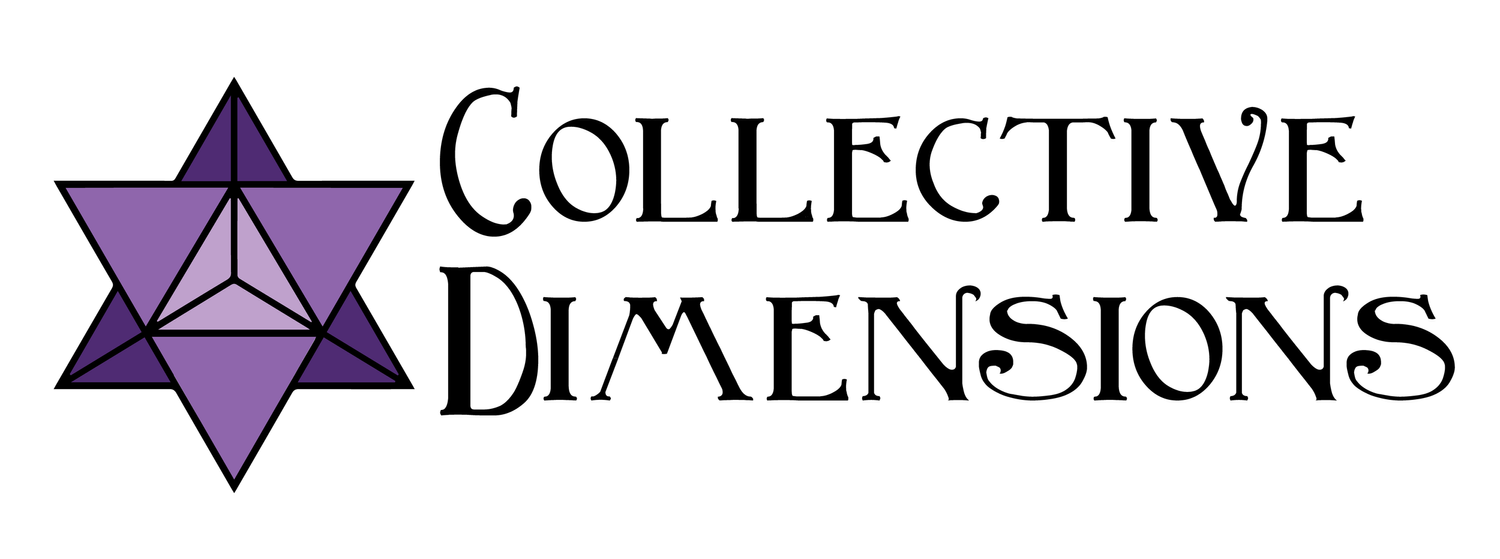How Breathwork Can Help You Release & Reset
In our fast-paced world, stress and trauma can become stored in the body, impacting our emotional and physical well-being. Many of us carry past wounds that manifest as anxiety, tension, or a feeling of being stuck. But what if healing was as close as your next breath?
Breathwork is a powerful yet simple practice that allows us to regulate the nervous system, release stored trauma, and reconnect with our inner peace. Whether you’re new to breathwork or looking for a deeper understanding, let’s explore how this practice can support your healing journey.
What Is Breathwork?
Breathwork is an umbrella term for various breathing techniques that use conscious control of the breath to influence physical, mental, and emotional states. There are numerous styles and techniques when it comes to Breathwork. While modern science is only beginning to uncover the benefits of breathwork, many of these techniques have been practiced for centuries in different cultures. Here are just a few examples:
Pranayama, an ancient yogic breathing practice from India, focuses on controlling the breath to balance energy and calm the mind.
Holotropic Breathwork, developed in the 1970s, uses deep, rhythmic breathing to access altered states of consciousness and promote emotional healing.
Box Breathing and 4-7-8 Breathing are modern techniques used for stress reduction, emotional regulation, and relaxation.
No matter the method, breathwork works by shifting the body's physiological state, helping to release tension, process emotions, and restore balance.
Understanding The Nervous System
When we experience stress or trauma, our nervous system automatically reacts to keep us safe. These responses are controlled by the sympathetic nervous system. The sympathetic nervous system is responsible for activating the body's stress response, preparing us to react to danger or stress by increasing heart rate, boosting alertness, and releasing stress hormones like cortisol and adrenaline.
Here’s a breakdown of the four main survival responses triggered by our nervous system:
Fight – The urge to confront or overpower a threat. This might look like arguing, physically defending yourself, or becoming aggressive when feeling unsafe.
Flight – The impulse to escape or avoid danger. This response may manifest as running away, leaving a situation abruptly, or constantly staying busy to evade stress.
Freeze – The body’s way of shutting down or becoming immobile in response to danger. This can show up as dissociation, feeling stuck, or an inability to take action.
Fawn – A lesser-known response where a person tries to appease or please others to avoid conflict or harm. This might look like people-pleasing, over-apologizing, or prioritizing others’ needs at the expense of their own.
These responses are not conscious choices but automatic reactions designed to protect us. However, when they become habitual due to prolonged stress or trauma, they can impact our well-being.
Breathwork offers a direct way to reset and regulate the nervous system. By consciously controlling our breath, we can shift from a state of survival to one of calm and clarity.
How Breathwork Supports Healing
Our breath is deeply connected to our emotions and energy. When we feel anxious or overwhelmed, our breathing becomes shallow and rapid, signaling to the body that we’re in danger. This can keep us trapped in a stress response. However, when we take slow, deep breaths, we activate the parasympathetic nervous system—our body’s natural "rest and digest" mode—sending a signal of safety and allowing the body to release tension.
Studies suggest that breathwork can:
-Lower cortisol levels (the stress hormone)
-Improve oxygen flow and circulation
-Reduce symptoms of anxiety, depression, and PTSD
-Enhance emotional resilience and mental clarity
-Increase feelings of connection and inner peace
https://pmc.ncbi.nlm.nih.gov/articles/PMC9828383/
Breathwork bridges the gap between the conscious and subconscious mind, allowing us to process and release emotions that may be stored in the body.
Simple Breathwork Practice for Healing
Try this gentle breathwork technique to release tension and create a sense of peace:
4-7-8 Breath
Inhale deeply through your nose for 4 seconds.
Hold your breath for 7 seconds.
Exhale slowly through your mouth for 8 seconds.
Repeat for 5-10 rounds, focusing on each breath.
This practice helps calm the mind, regulate emotions, and bring awareness back to the present moment.
Finding Peace Through Breath
Healing doesn’t have to be complicated. Sometimes, the most powerful shifts come from the simplest practices—like breathing with intention. By incorporating breathwork into your daily life, you can create a deeper sense of inner balance, release old patterns, and invite more peace into your life.
Written by Violet Hartman
Violet is a trauma-informed practitioner and Certified Emotional Release Coach who offers intuitive and holistic services at Collective Dimensions. Guided by compassion and intuition, Violet’s work focuses on helping others find healing, clarity, and alignment through heart-centered, natural practices.

